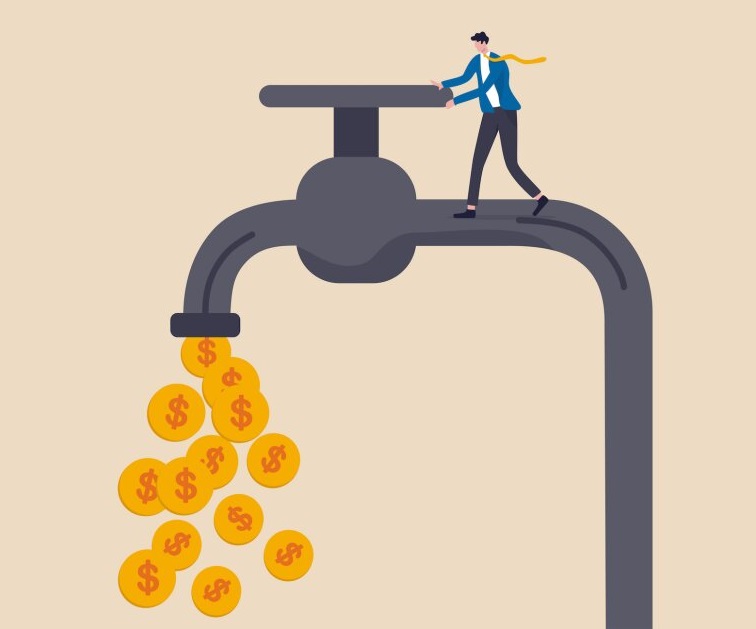 Money in, money out. Cash flow is one of the most important measures of your business’s health. But how do you monitor it?
Money in, money out. Cash flow is one of the most important measures of your business’s health. But how do you monitor it?
It sounds simple to track sales on the one hand and expenses on the other – then compare the two. But a massive 65% of failed businesses say they closed because of financial mismanagement, including issues like lack of cash flow visibility. In other words, they didn’t know if they were making more than they were spending.
Why is it easy to lose sight of cash flow?
Everyone knows a business needs to stay in the black. It’s not a new idea. So, it can be hard to imagine why a business would lose sight of cash flow. But when you’re in business, tracking small business cash flow isn’t as easy as it seems.
For small business cash flow monitoring, this can involve:
- Keeping track of all your expense receipts – which gets tricky if there are multiple people making purchases
- Recording all your sales revenue – making sure to account for discounts you might have given
- Enter everything into your cash flow spreadsheet – including double and triple checks to ensure everything is entered correctly.
It takes a lot of time, patience, and energy before you are even ready to punch the numbers into a spreadsheet. You may have to rely on employees or business partners to supply much of this information. Their paperwork sometimes has scribbled notes in the margins, requiring a follow-up phone call.
Even if you are vigilant, there is a lag between when a sale or expenditure happens and when your spreadsheet is entered. You are essentially taking snapshots of your cash flow, and there can be big blind spots.
As business picks up with more sales and expenditure happening all the time, those blind spots become more significant. More transactions happen in between each cash flow snapshot. And cash flow snapshots get further apart because you are increasingly busy to update spreadsheets.
An excellent solution to these issues is to consider using cloud accounting software. Because money in and out is the ultimate measure of business health and sustainability. You know you must monitor it, and cloud accounting software can automate the process for you. In fact, 98% of accounting software users recommend it to others.
How cloud accounting software helps with small business cash flow monitoring
Cloud accounting software is sold on a flat monthly subscription. You don’t need to download anything, and you can run it efficiently off your existing laptop, desktop, or smartphone. Next, the system pools all the data to create a dashboard of your financial situation, which is automatically updated daily. It can link to your business bank account (and point-of-sale system) to track sales and expenses with no data entry required from you. Because the data comes straight from the bank, it’s clean and accurate. Smart accounting software will also send out your invoices, showing what you’re owed.
Accounting software only needs to save you one or two hours a month to pay for itself – which it quickly and easily does for most businesses.
Talk to us about accounting software for the health of your business.
This publication has been provided as general information associated with the topics covered. It is not intended to be specific advice. We strongly recommend readers seek independent advice from a suitably qualified professional adviser prior to acting in relation to any of the matters discussed in this publication. No person or entity involved in this publication accepts any liability for any loss or damage whatsoever which may directly or indirectly result from any advice, opinion, information, representation, or omission, whether negligent or otherwise, contained in this publication.
